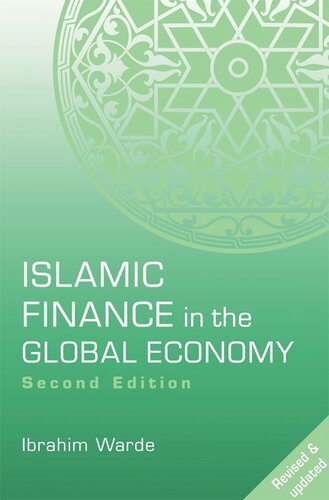

Most ebook files are in PDF format, so you can easily read them using various software such as Foxit Reader or directly on the Google Chrome browser.
Some ebook files are released by publishers in other formats such as .awz, .mobi, .epub, .fb2, etc. You may need to install specific software to read these formats on mobile/PC, such as Calibre.
Please read the tutorial at this link: https://ebookbell.com/faq
We offer FREE conversion to the popular formats you request; however, this may take some time. Therefore, right after payment, please email us, and we will try to provide the service as quickly as possible.
For some exceptional file formats or broken links (if any), please refrain from opening any disputes. Instead, email us first, and we will try to assist within a maximum of 6 hours.
EbookBell Team

4.7
16 reviewsIslamic finance is growing at an astonishing rate and is now a $1200 billion industry, with operations in over 100 countries. This book explains the paradox of a system rooted in the medieval era thriving in the global economy.
Coverage is exhaustively comprehensive, defining Islamic finance in its broadest sense to include banks, mutual funds, securities firms and insurance (or takaful) companies. The author places Islamic finance in the context of the global political and economic system and covers a wide variety of issues such as the underlying principles of Islamic finance, the range of Islamic financial products, and country differences. He also discusses a number of economic, political, regulatory and religious concerns and challenges.
This second edition has been completely revised and updated to take into account the great changes and developments in the field in recent times. It includes the impact of the 9/11 and 7/7 terrorist attacks on the industry, the new forms of interaction with Western financial institutions, the emergence of innovative products such as sukuk, attempts by a broad range of financial centres - including Kuala Lumpur, London, Singapore, Bahrain and Dubai - to become global hubs of Islamic finance, and the repercussions of the 2008 global financial meltdown on Islamic institutions.
Key Features